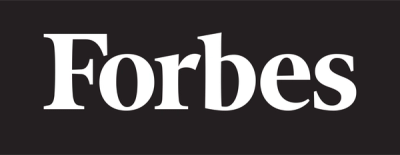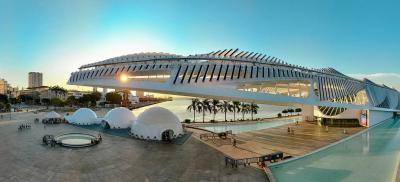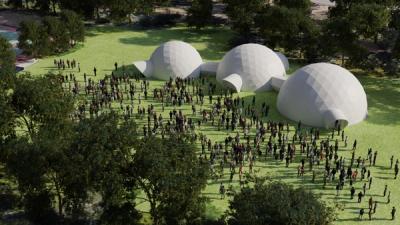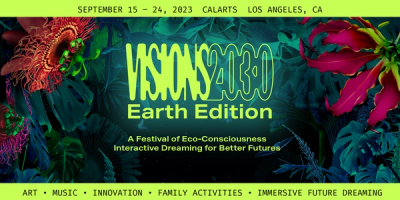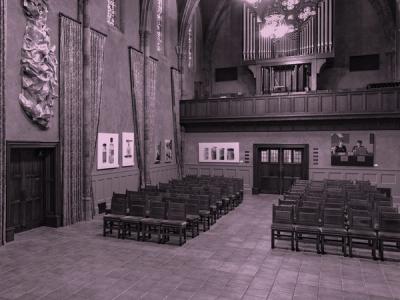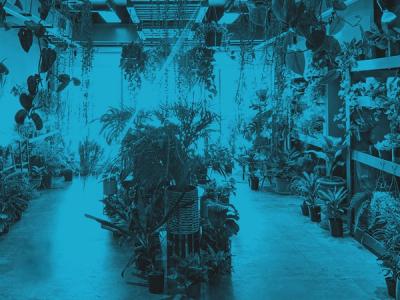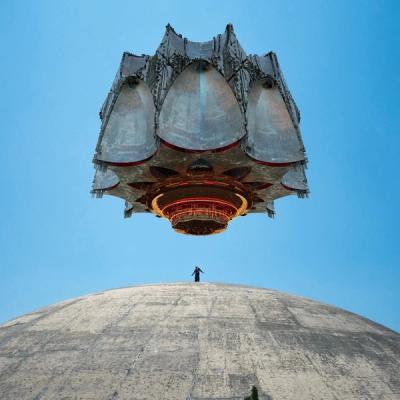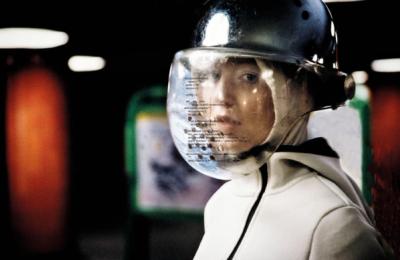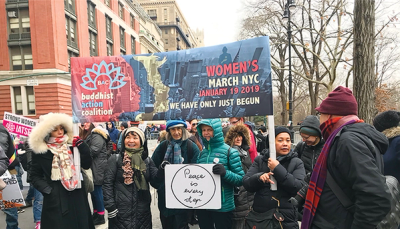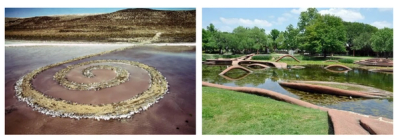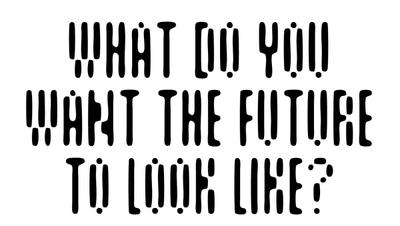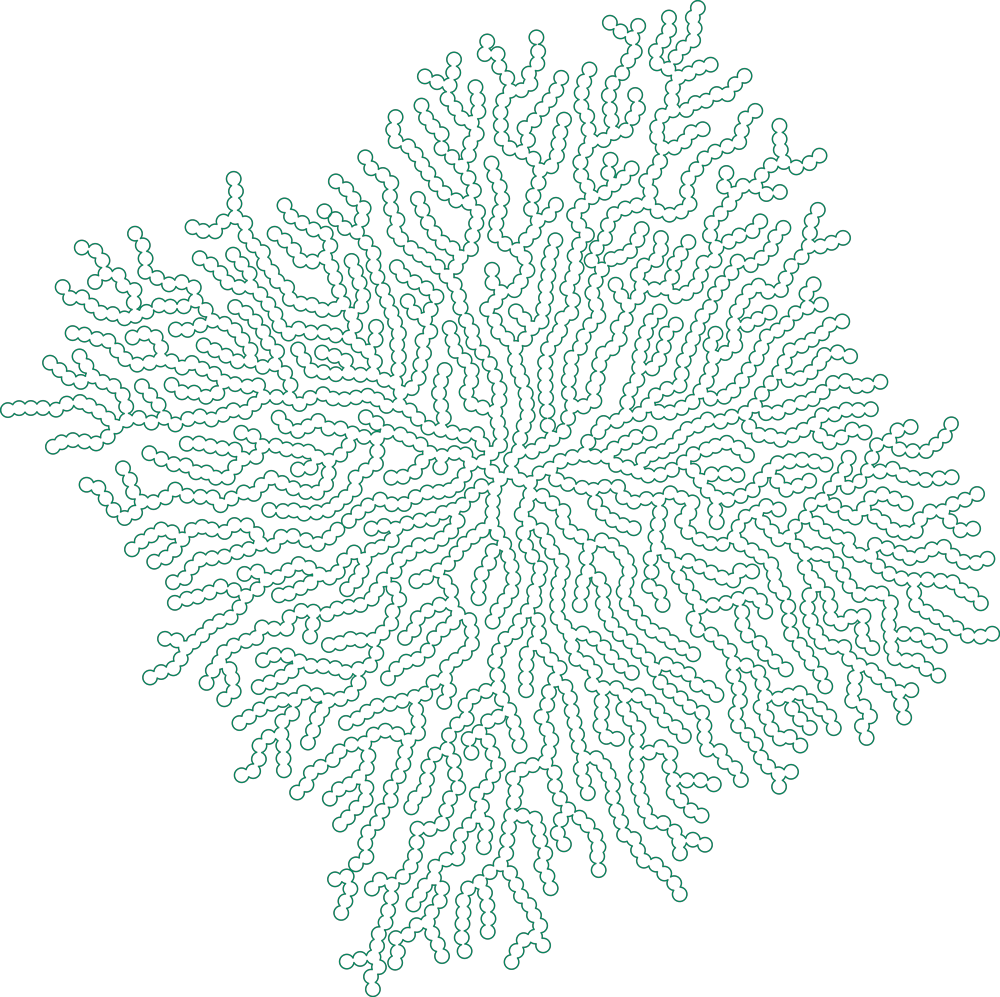
Are soulful imagination and corporate profits necessarily mortal enemies? Over the next few months, we at Visions2030 will shine a spotlight on companies large and small, established or start-up, that unleash creativity to work toward social good — and that prosper abundantly as they do. Demonstrating that imagination can thrive anywhere — and what is possible when one dreams broadly.
South of the cast-iron SoHo loft building where I live stands a plate-glass storefront on this Italian- design-heavy block; the sign outside reads FLOR. It is part of one such business: Interface. The carpet-manufacturing industry is notoriously wasteful and petroleum-intensive. However, this $1.1-billion Atlanta-based flooring company in 1994 started on a messianic quest: Mission Zero®, to vanquish its carbon footprint.
“Business is the only mechanism on the planet today powerful enough to produce the changes necessary.”
— Paul Hawken, The Ecology of Commerce
Global warming looms ever larger, and corporations are increasingly paying at least lip service to the realities of climate. Interface, though, may have been the very first — and taking concrete steps. In the early 1990s, founder Ray Anderson had a “spear-in-the-chest” moment. He was asked by a potential customer the startling question, “What are you doing for the environment?” The company’s answer was unsatisfactory; they lost a contract.

Interface founder and sustainability pioneer Ray Anderson
Rattled, the lanky engineer set up an internal task force, during the course of which he read Paul Hawken’s 1993 The Ecology of Commerce. There and then, he turned his company toward a goal of making carbon neutral the flooring it produced and the process of producing it. “A mountain higher than Everest,” he put it.
From Visions2030’s perspective, critical here is the vision this involved, as well as the imagination deployed to then tackle every component of Interface. Anderson put together an Eco-Dream Team. A sustainability report was issued, forcing the firm to take a hard look at itself. The company then reconfigured itself top to bottom, empowering employees on all levels to come up with new solutions, from innovating manufacturing processes to reinventing the machine parts involved.
“It’s my job to go round the bend and see what’s out there, what most people can’t see yet.”
— Ray Anderson, CEO, Interface
Of course, there were doubters. Yet, by 2000, Interface was pioneering biodegradable fibers and creating carpets from recycled material. Anderson crisscrossed the country with evangelical fervor, rousing fellow executives about the need to reduce waste and carbon emissions. And the firm began partnering with the United States Green Building Council and with its LEED Rating System, expanding the market for ecologically sound construction and products.

Interface carpet tiles, 2016. Image courtesy Product Selector and Interface
Reducing its footprint by nearly every measure, by 2019, the company met its Mission Zero goal — a year before its deadline. How did this affect the bottom line? As competitors went out of business, the firm stayed alive, with high employee engagement and customer loyalty. Despite taking a recent ding from Covid (they specialize in office flooring, after all), the publicly traded company (NASDAQ: TILE), registering $1.1 billion in revenue, remains a sterling example of how one can do well by doing good, improving a company all round.
All this was not easy. And recently, the firm embarked on an even larger goal: Climate Take-back, aiming to reverse global warming by 2040. (There is even a tab on Interface’s website where you can sign up to ”Be the Force for Good.”)
To learn about Interface’s unique mission and journey:
Interface’s dynamic founder died in 2011. But his team continues his vision through initiatives such as the Net-Works project, which buys discarded fishing nets from poor communities around the world and recycles them into new yarn for carpet tiles by Aquafil. Interface has expanded over the last decades from merely addressing the environment to include social impacts and new business models. In Thailand, for example, yarn waste becomes raw materials for stuffed animals made and sold by Chonburi province community members as an additional source of income.
“How do you shift from the mentality of having less impact, doing less harm . . . to being a company that actually has a positive impact?
— Erin Meezan, Chief Sustainability Officer, Interface
The nearly fifty-year-old company has global operations — nora® systems rubber flooring, for example, is headquartered in Germany. And there is FLOR, with its tasteful Soho retail outlet near me, with its consumer brand of carpet tiles and styles of area rugs or carpet for offices, conference rooms, and collaborative spaces.
Hawken, in his landmark tract, remarks that even with the triumphs of free-market capitalism, our conception of commerce remains at a primitive level. So much more is possible, he writes, than profit alone. And there is much we don’t know. An urgent ingredient for the new world that Hawken imagines is the courage to creatively re-imagine. In that way, the seemingly impossible can be achieved.
—Carey Lovelace, Founder, Visions2030
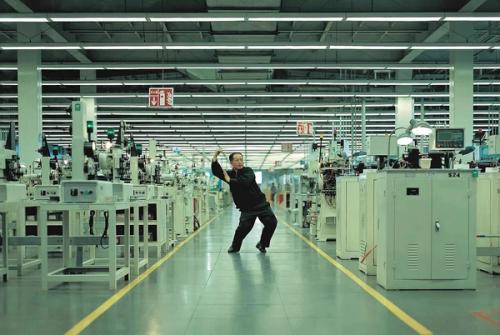
Cao Fei, Whose Utopia? color video (2006). Image courtesy Public Delivery and the artist
Diverse ways of in-corporating the imagination…
As with Interface, sometimes imagination exists in abundance within a business, thanks to inspired leadership. Other times, it can be jump-started by bringing artists into an R&D or corporate setting to ignite new perspectives.
When we speak about involving artists, we mean something beyond philanthropy or the decoration of corporate offices. (Or creative therapy for employees.) We allude to weaving threads of counter-intuitive, outside-the-box thinking into the corporate fabric itself — an approach that can stimulate new products. Adobe, Planet Labs, Autodesk, and Facebook, for example, have sponsored artist-in-residency programs. In just one instance, for Toronto-based Autodesk, artist Anouk Wipprecht designed an electricity-conducting dress — which prodded engineers to add a new function to their 3D printer software.
But it can also open up new doors completely. Perhaps it is no coincidence that, as it was winning eight Nobel Prizes and making discoveries leading to the Information Age, Bell Labs (the research arm of AT&T and now Nokia), the most famous artist-scientist petrie dish, was bringing in orchestral conductors to help pioneer sound equipment — and film animators, poets, and avant-garde composers to do exploratory work with computers. Its apogee was the legendary Experiments in Art and Technology of the 1960s. Noted artists like Robert Rauschenberg and Robert Whitman collaborated closely with Bell engineers, notably Billy Kluver, to create projects including the Pepsi Pavilion at the 1970 Osaka World’s Fair and an ambitious satellite project distributing educational materials around the world. (The vibrant E.A.T. was recently revived, in collaboration with the New Museum’s NEW INC program.)

Physicist Anthony Johnson in ultrafast laser lab at Bell Labs. Image courtesy AIP Emilio Segre Visual Archives, Ronald E. Mickens Collection

Composer Laurie Spiegel at Bell Labs. Image courtesy So This Medias and the artist
But even without direct contact with artists, structures an be put in place cultivating innovation. A League of Intrapreneurs has partnered with BMW, Allianz, and others to foster a climate of risk-taking and dreaming broadly. GoreTex, known for its waterproof, breathable fabrics, has used the metaphor of the lattice for its coordination of non-hierarchical collaborative teams, leading to discoveries used in everything from space suits to medical supplies such as artificial arteries. (Gore-Tex also promotes employee ownership, a high-trust environment some argue ultimately improves the bottom line.)
All this in turn, can spark industry-changing innovations. After all, everything from multiple portfolio management to the assembly line to the Zoom screen came from a flash of inspiration. And incorporating propellants into standard business practice might one day usher in a new economic system entirely embracing both wealth creation and social benefit. Thus, embers for global transformation may simmer even now in corners where you least expect them.
Who knows?

Andreas Gursky, Chicago Board of Trade, 1997. Image courtesy Trading Pit History and the photographer
ARTIST SPOTLIGHT
Artist Fields Harrington , through installations and works-on-paper recovering little-known work of historic BIPOC scientists and inventors, unearths discoveries just under the surface.

Fields Harrington, Redox Drip, 2019. Image courtesy the artist
Of the Redox Drip, he writes:
“Norbert Rilliuex born in 1806 was among the earliest African American chemical engineers. He is known for his invention of the Multiple-Effect Evaporator under Vacuum, a machine designed to efficiently use the latent heat from steam to process sugar. I consider Norbert Rilliuex’s invention of the Multiple-Effect Evaporator as a form of Black Secret Technology. His invention sits somewhere between heroic myth and alchemy as a Black Art. Working from Rilliuex’s evaporator, Redox Drip aims to revive neglected legacies of black inventions and challenge modernist narratives of scientific advancement. By setting a stage in which live chemical reactions, overlooked archives, and interdisciplinary creations meet, Redox Drip enables the emergence of new and transformative knowledges.”
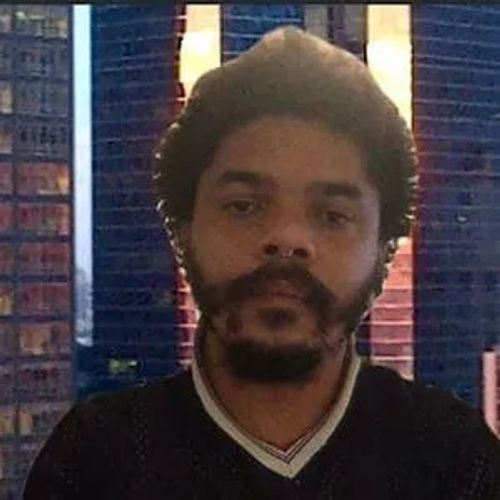
Fields Harrington, interdisciplinary artist whose practice considers the blurring of boundaries between poetics and science. Image courtesy the artist
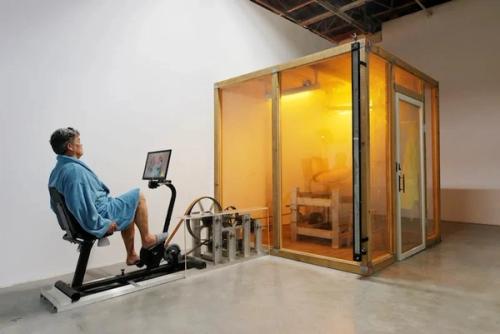
Installation view of Mika Rottenberg’s work at Palais de Tokyo, 2016. Image courtesy Aurélien Mole
How can you use creativity — even in your own financial life? Are there new ideas you can employ?
Might you read a book on the topic? Set up a new routine of personal bookkeeping? Start a profit-making side-hustle? Come up with one action … today!
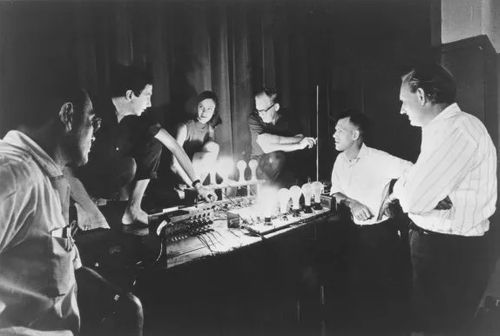
Experiments in Art and Technology. 9 Evenings: Theatre & Engineering, 1966. Image courtesy Robert Rauschenberg Foundation
Dream widely!
